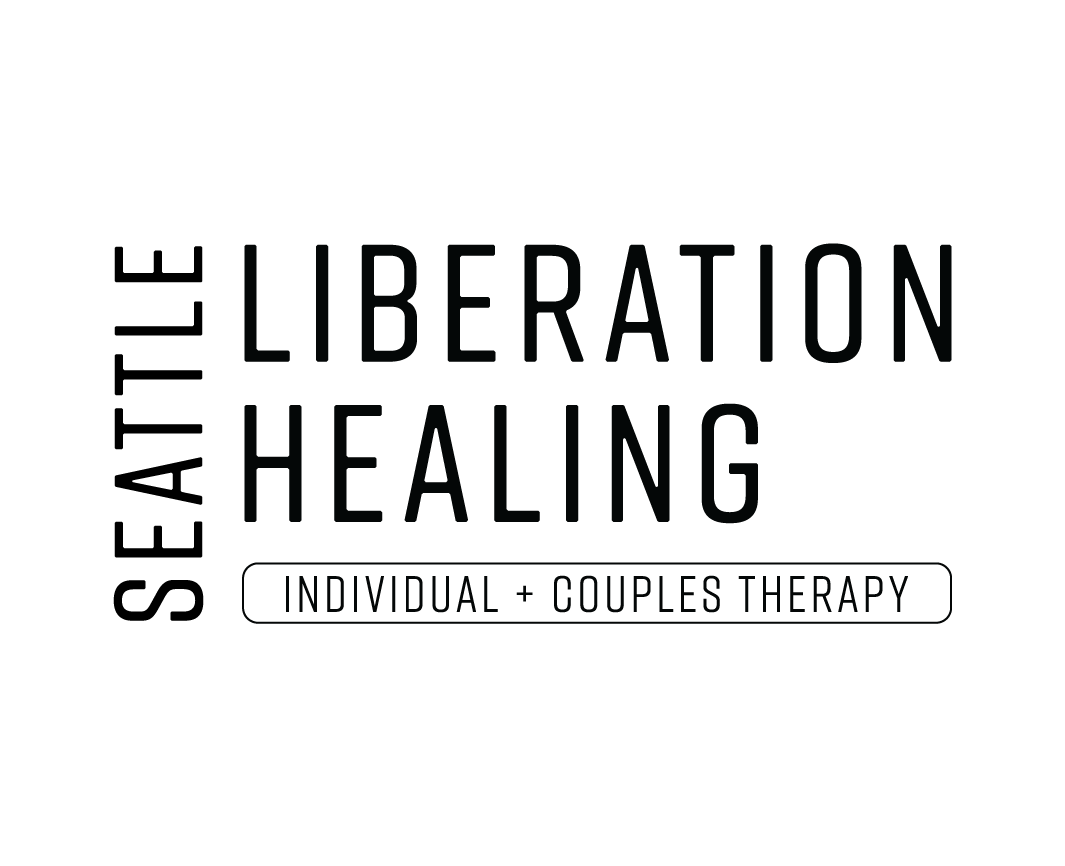What Are Somatic Therapy Interventions?
Somatic Techniques & Interventions From Somatic Experiencing (SE), Sensorimotor Psychotherapy (SP) & Trauma Resource Institute
01. Resourcing
Refers to finding internal and external supports that leads to a felt sense of safety and calm inside of ourselves
A support could be an object, person, memory, pet, experience, smell or sound
Can be real or imagined
Can be internal or external
Resources are why we are alive and support our resilience
We can deepen a resource by thinking about it, describing it in detail, fleshing it out, and noticing what happens inside of us
02. Grounding
Refers to bringing our awareness to the present moment without judgement using our body sensations and feelings
Having a stable relationship to the ground and earth is key because it helps us become more present in time and space AND this is the foundation for which we form our relationship with ourself and others
We can ground through feeling our feet on the ground, feeling our butt on the chair, and focusing on our breath by breathing in and out slowly
03. Breathing & Breath Work
Refers to noticing and paying close attention to the physical sensations of breathing
We can simply notice the rise and fall of our chest or the air moving through our nostrils.
How does this feel?
What do you sense?
What do you hear?
04. Orienting
Refers to engagement with the environment and our surroundings
Looking/scanning around the room/environment slowly through noticing objects, colors, shapes, etc.
Helps the nervous system establish more safety
03. Tracking
Refers to paying attention to and observing our sensations and feelings in the body
General Map For Tracking Sensation (From Somatic Experiencing)
What do you notice/experience/feel in your body right now?
Where in your body do you feel that?
Get details of the sensation experience
Observe what happens next
Broaden awareness to the rest of the body
Explore other options and choices
Click here to read my blog post on tracking sensations
04. Body Scanning
Refers to bringing attention to and observing different parts of our body without judgement
We can do this in a systematic manner by starting from the top of our head and then down to our toes or vice versa
Noticing tension, comfort, discomfort, and other sensations
05. Titrating
Refers to slowing down
Breaking down experiences piece-by-piece in smaller and more manageable ways to prevent overwhelm and dysregulation
06. Pendulating
Refers to the body’s natural inclination to swing/moves/shift from pleasant to unpleasant emotions, sensations, and feelings
Exercise
Focus on an area of your body that is neutral or pleasant. See how this feels and sit with it for a minute.
Notice when the neutrality or peasant feeling shifts. Notice where the unpleasant feeling is now located in or around your body.
07. Movement & Gestures
Refers to the physical movements and gestures that expresses an idea or sentiment
Examples of gestures can include, but is not limited to:
Self soothing: Hand on heart
Self soothing: Weighted hug using one’s own arms and hands
Protective: Crossing arms
Protective: Pushing hand and arm out in front of you
And more
08. Vocalizing
Refers to expressing our emotions and sensations through humming, singing, talking, etc.
In Somatic Experiencing , the voo sound is used to release sensations and emotions like anger
Other Blog Posts on Somatic Therapy
